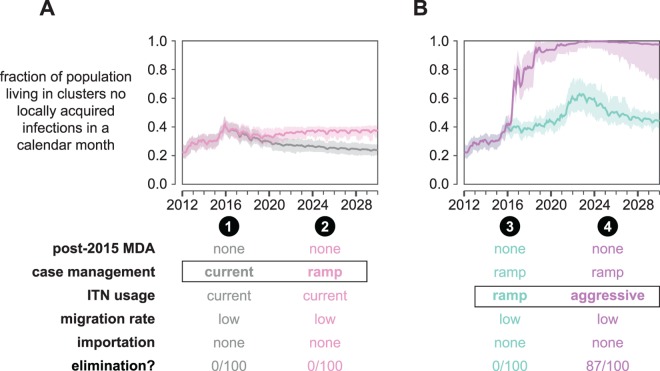Fig 7. Malaria elimination in the Lake Kariba region is possible under high levels of ITN usage even without distributing MDAs after 2015.
The fraction of total study area population living in clusters where no local transmission has occurred over a month-long period is plotted for each month between January 2012 and January 2030. Line indicates the mean and shaded area the range observed over 100 samples from the joint posterior distribution of 10 best-fit habitat availability pairs for each cluster. A simulation results in elimination if no new infections occur in all clusters over a 3-year period. The “elimination” row indicates the fraction of simulations where elimination was observed. (A) If ITN distributions stop after 2015, elimination is never observed to occur. (B) Under an aggressive ITN distribution scenario, elimination becomes likely even without additional MDAs after 2015.

